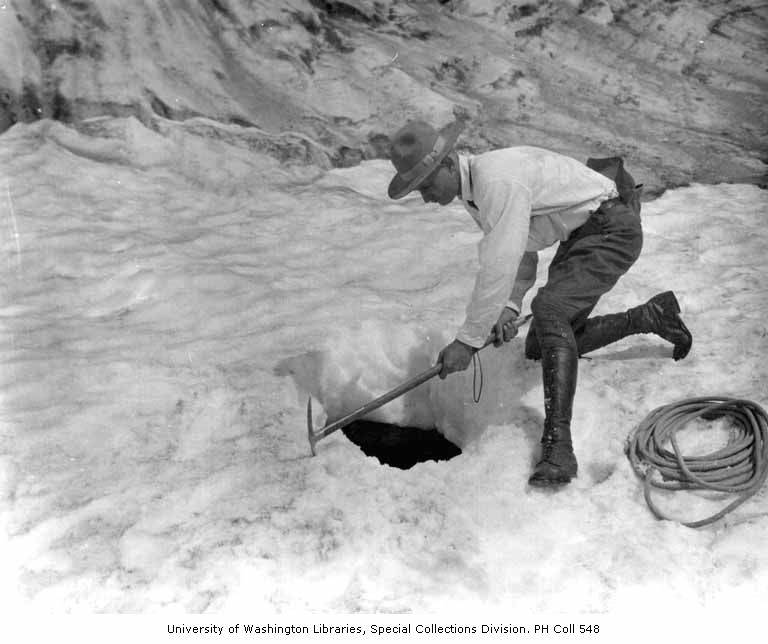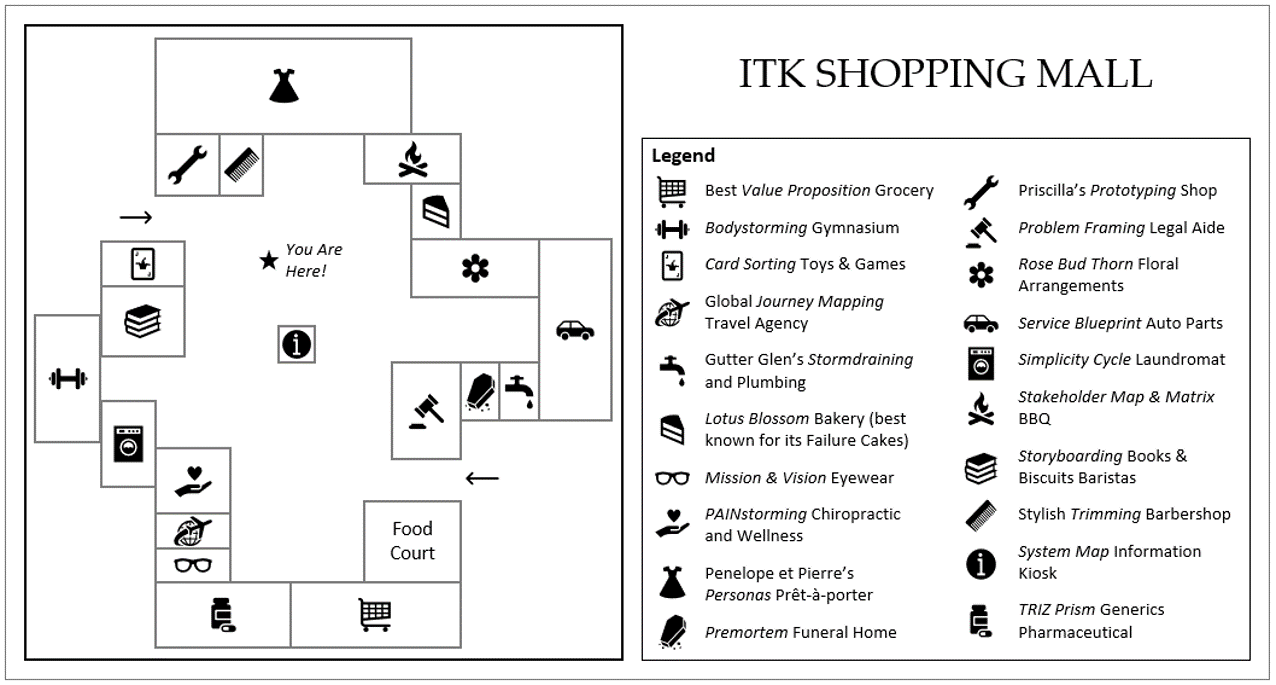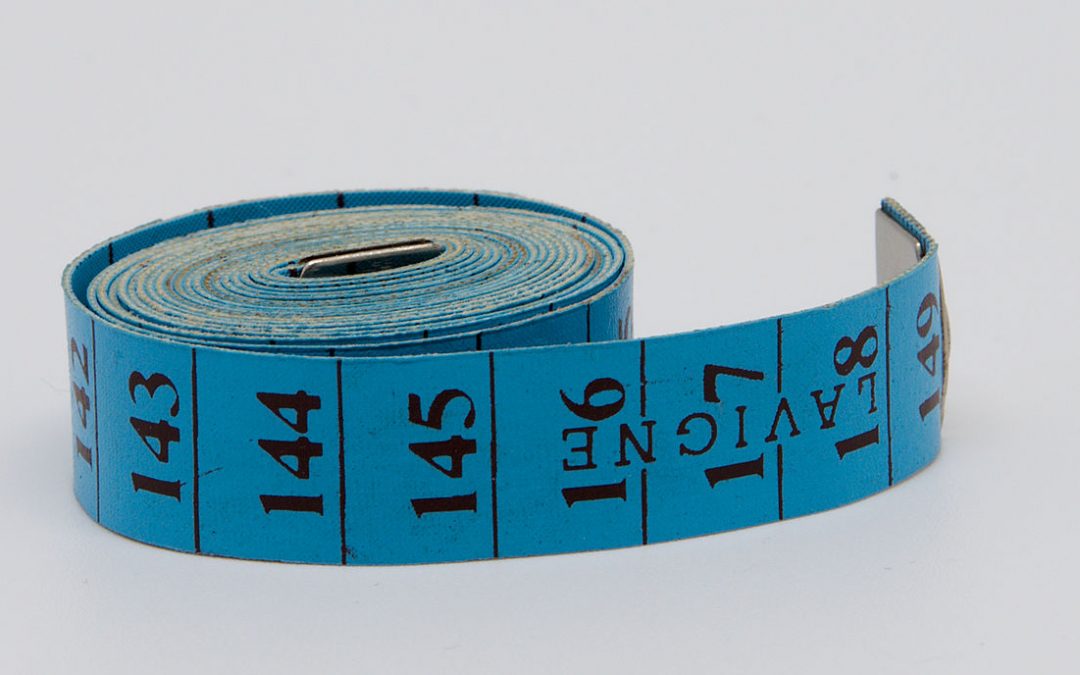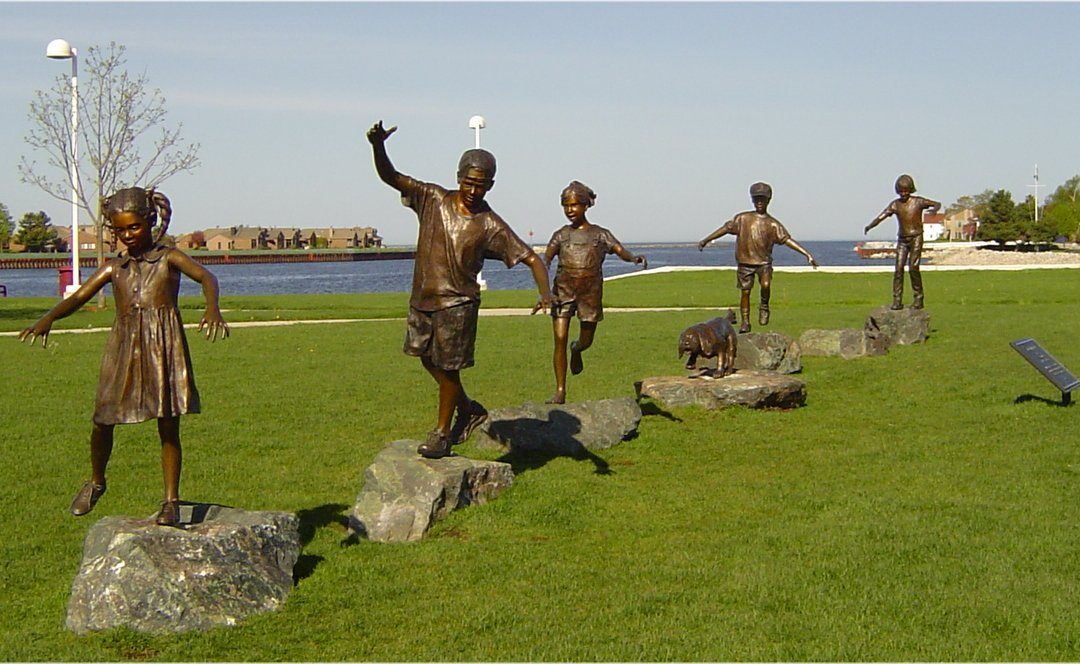
by dbward | May 9, 2022 | equity, Misc Awesomeness
In a recent conversation about team culture, I heard a senior executive say something remarkable:
“Companies that get this right are the companies that will exist in the future.“
Her comment was not hyperbole. It was not an overstatement. If anything, she may have understated the case. Getting culture right is indeed essential for any company that wants to exist in the future. Any company that does not get culture right is going to find it virtually impossible to justify its existence – to its employees, customers, stakeholders, or even to outside observers.
The phrase “get this right” clearly implies a dividing line between right and wrong cultures, between healthy and toxic environments. Yes, yes, a thousand times yes. There is such a thing as an organization getting culture right (and such a thing as getting culture wrong). To be clear, there is more than one way to get it right, and we should leave all talk of Only One Good Culture for the fanatics and fascists. But we still must spend some time exploring question about what types of beliefs and behaviors constitute a healthy culture that will allow a company to exist.
Exploring how to answer that question for any particular organization requires a longer discussion than this short blog post can provide. Answering it for every possible scenario isn’t going to happen here either. But we can start with a list of some cultural attributes that belong on the good side of the line and are likely to be found in most healthy cultures, such as:
- Valuing and embracing diversity, equity, inclusion, and belonging.
- A welcoming culture that treats people with grace and respect
- A culture of collaboration, where people believe in working together rather than undermining each other
- A culture of initiative and autonomy, where people take action and make decisions (and accept accountability)
- A culture of experimentation, where people try new things as a way to learn & grow
If you’re up for starting that “longer discussion” mentioned earlier, you may want to check out this 11-minute video about culture building.
photo credit: User Hide1228, from Wikimedia Commons

by dbward | Apr 4, 2022 | Facilitation Tips
This week’s blog post is by guest bloggers Manya Kapikian and Jackie Vessal
It’s Thursday and you are logging into a meeting with people you don’t know. The agenda starts with an icebreaker and the invite asks everyone to bring their favorite mug. What is your reaction? Do you cringe, or do you enthusiastically bring 10 mugs?
The “Mug Show & Tell” exercise is a common icebreaker, in which people get to share a little bit about themselves. Why do we do this? Authors Frische and Green explain the benefits of icebreakers in their article, Make Time for Small Talk in Your Virtual Meetings. This practice is particularly important these days, where our virtual or hybrid work environments no longer present the same opportunities for casual chatting.
Icebreakers are designed to help members of a group warm up, to get to know each other a little and build a sense rapport. An icebreaker can be particularly helpful for a group of people coming together for the first time, but even an established group may find these activities helpful.
Of course, not everyone enjoys these activities. Google “I hate icebreakers” and you’ll find plenty of stories about people who cringe at the thought of participating in an icebreaker. They can be awkward for introverts, can create tension and anxiety, and easily feel forced. Some people see them as frivolous waste of time and too touchy feely. But as Frische and Greene explained, there is a case to be made for doing them anyway.
Icebreakers open a communication channel that helps people relax, get to know one another, and make it less awkward to interact. They are an effective way to network and meet new people. In a meeting, conference, or other event where strangers need to come together, icebreakers help individuals to “break the ice.” They allow for complete strangers to interact, get to know one another, and begin to form a common ground. Once folks start talking, it becomes easier to keep the conversation going. A good icebreaker can set the tone and mood for the rest of the meeting or conference.
It is important to make sure your introductory activity is not too long. Ideally, it should last between 5 and 10 minutes – just long enough for people to feel comfortable and ready to discuss the key topics of the meeting.
The type of icebreaker you chose will depend on if you are in person or in a virtual setting. Whatever the setting, the best icebreakers are interactive and memorable. If your space allows, plan on an icebreaker that gets people moving around the room. If meeting virtually, break up your audience into more intimate groups. The group size should be 2-5 for small meetings and 6-10 for large meetings. To make an icebreaker memorable think fun, get them laughing and having a good time.
Lastly, be creative. Go beyond your first idea and aim to customize the icebreaker experience to your group.
Try one of these at your next meeting.
- Ask everyone to answer one quick question. Offer them 3-5 questions and a time limit of 30 seconds to a minute. (Alternatively, turn these questions into a poll so that the only thing a person must do is click a button.) Some questions that our teams have enjoyed included:
- Would you rather live without music or live without TV?
- Tell us how you are feeling today in the form of a weather report
- If you could rid the world of one thing, what would it be?
- What TV advertisement bothers you the most?
- Assign a quick task and have them go around for a minute and so and talk. Examples of tasks:
- Ask people to bring their favorite mug
- Wear your favorite concert t-shirt
- Wear your favorite hat
Ice breakers are simply a way for people to warm-up to each other and get into a zone for collaboration quicker. Ultimately, they are a small investment to achieving a better meeting outcome, and perhaps with a little bit of fun sprinkled in. So, maybe the next time someone asks you to bring a favorite mug, consider having one in each hand.
Photo credit Lawrence Denny Lindsley

by dbward | Mar 28, 2022 | Misc Awesomeness, Success Stories |
This week’s post is by guest blogger Allison Khaw!
A few weeks ago, on my own time, I dove into a short-term creative project.
I was inspired by Karim Thompson on the Innovation Toolkit team: he invented a list of fictional strip mall business names based on some of the ITK tools. Functionally, the list helped you remember the tool names, but its intangible benefits went well beyond that. I remember how so many of us on the team were not only entertained but also energized by what he created. At some point, I concluded—this can’t be forgotten in the annals of team history!
Adapting Karim’s list into a more visual format seemed like a natural next step. I expanded the original list by adding a few business names of my own, and then I formed a map legend and designed a map layout. Several versions later, the final “ITK Shopping Mall Map” was born! It was quite an iterative process, and looking back, I asked myself:
What takeaways do I want to share as a result of this experience?
- Don’t limit yourself to a certain approach just because that’s how it’s been done before.
From the start, I planned to include this shopping mall map in our ITK Handbook, which is an ITK how-to guide and an informal sequel to our choose-your-own-adventure-style book The Toolbox of Innovation. Since I made line drawings by hand for our first book to resemble the CYOA books of the 80’s and 90’s, I originally planned to draw the map by hand as well. However, I realized that the non-CYOA style of the ITK Handbook opened up other possibilities. In fact, only after letting go of the “It’s always been done this way before!” argument did it become clear to me that electronically creating the map was the better option to begin with.
- Set yourself up for exploring new ideas by periodically saving backup versions.

I decided to keep it simple by using PowerPoint as my creation software. As I developed the map, I got into the habit of duplicating my in-progress version and then working off of the newer copy, which resulted in dozens of sequential PowerPoint slides. Although this was a basic technique (thank you, copy and paste!), it made all the difference. It allowed me to incrementally move forward with new ideas in the design process—and if I liked an old idea better, I could always find my way back. To illustrate this, see the provided figure with four map versions at different points in the brainstorming process. Some versions were considerably better than others!
- To leave yourself room for inspiration, set minimal expectations and build flexibility around deadlines.
Given the nature of this side project, no one would have been upset if I didn’t finish it. In many ways, this was incredibly freeing. I was self-motivated to see my vision come to fruition, but I took my time looking into common shopping mall layouts and actually discovered one of my best design ideas after a leisurely session of experimentation. Even for projects with fixed deadlines, starting early to give yourself flexibility can be invaluable. Yes, sometimes constraints are useful, but other times the feeling of not being rushed can be exactly what you need to achieve results.
- The end result may seem obvious in hindsight, but the path it takes to get there is often quite the opposite.
A final product that looks simple and effortless usually belies the very effort that you put into it. What’s more, this is a good thing—it means that your hard work has paid off! I have experienced this before when using the Premortem and Mission & Vision Tool, and I found this to be true here too after following a winding path to reach the final design of the map. Blaise Pascal summarized it nicely back in the seventeenth century, when he is said to have penned, “I would have written a shorter letter, but I didn’t have the time.” We need to more consistently give ourselves the opportunity to go that extra mile—and write that shorter letter.
This side project was fulfilling in that it allowed me to breathe new life into the fictional ITK business names that Karim created. Not only did I learn valuable lessons from the iterative nature of the map design process, but each time I look back at the completed ITK Shopping Mall Map, I can’t help but grin at everything it represents.
More than anything, I consider that a measure of success if ever there was one. Best of luck on your own creative pursuits!

by dbward | Mar 14, 2022 | Uncategorized
People often ask us how to measure the results of an innovation program. And in truth, the value of these programs is often hard to determine, particularly when we treat innovation as the goal, rather than (correctly!) viewing innovation as a means to an end. And so we end up counting artifacts (i.e. publications, attendees, participants, etc) rather than measuring the actual output of the program (i.e. what problems did we solve, what value did we create, what improvements did we make, etc).
Now, it’s hard to measure something if you don’t know what it is. That’s why I recommend we look to ITK’s definition of innovation (“novelty with impact”) before creating our measurement plans. That three-word definition points us towards the thing we should be monitoring and measuring – the output of our innovation efforts. It centers our discussion on WHY we do innovation in the first place, because it poses the question “What impact are we trying to have?”
Once we know what impact we’re trying to have, it’s pretty obvious what we should measure. If our innovation is “a new technology that saves lives,” then obviously the thing we should measure is the number of lives we’ve saved. If the innovation is “a new process that saves time,” the thing to measure is how much time we saved. If we’re looking across a portfolio of innovation projects, adding up all those measurable impacts will give us a good sense of the portfolio’s success or failure.
In contrast, if our goal is just to “be innovative” then we’ll probably have a hard time figuring out what to measure.
Defining innovation as “novelty with impact” also helps us avoid the superficial version of innovation that overemphasizes newness and underplays impact. It points out that innovation without impact is not innovation, it’s just novelty. When we keep that in mind, we’re more likely to get the results we hoped for.
photo credit: Clément Bucco-Lechat

by dbward | Mar 7, 2022 | shared leadership
Today’s blog post is by Niall White
Want more great leaders? Be a great follower.
I’m convinced there are many potentially great leaders in the world. Of these potential leaders, I sometimes wonder if many are simply afraid to step forward. This fear could come from many different sources; fear of failure, fear of rejection, lack of confidence, or even a lack of understanding, to name a few. It is also possible that this fear comes from negative experiences or deeply personal mental illness. It may be impossible to know every reason why someone is reluctant to step forward as a leader, but it is possible to help them.
Being a “follower” can sometimes come with a negative connotation, but some of the great leaders I’ve known were also great followers. Rather than thinking of a follower only as someone that simply goes through the motions, doing whatever they are told with little proactivity, I invite you to consider an alternative viewpoint: A follower can be someone that not only makes way for someone else to lead, but provides positive reinforcement, kind and productive criticism, and looks for their own leadership opportunities that support the leader (e.g., volunteering to help or pursuing a recommendation). In short; friendly following. Now, it’s probably worth mentioning that, just like the phrase “yes, and”, you don’t need to follow, endorse, or agree with something you aren’t comfortable with.
Can you imagine a world where people of all backgrounds and experiences, strengths, and limitations, felt empowered to lead in whatever capacity they could? And can you imagine if they not only felt empowered to lead, but believed that their message would be received by people that were open to new ideas, willing to help, and helpful enough to provide courteous feedback? Dare I say, friendly followers? I imagine that world would have a lot less fear. I’ve seen teams, families, and organizations that operate this way, and I can say that these are the teams, families, and organizations that I’ve felt the most safety and satisfaction being associated with.
Think about the friendly followers around you. I can think of many at here at MITRE. I can think of many in the ITK community! Volunteering to co-facilitate a workshop with someone, giving someone the benefit of the doubt when they are slow to respond to an inquiry, assuming good intent when a statement is made, and enabling an environment where others feel safe, are all examples of friendly following.
I really do believe that there are many incredible people all around us that are reluctant to step forward, stand in the limelight, or even be noticed. How might we be a source of strength and encouragement for these potential leaders? How might we be friendly followers so that others might lead?
cover image by Doug Coldwell






